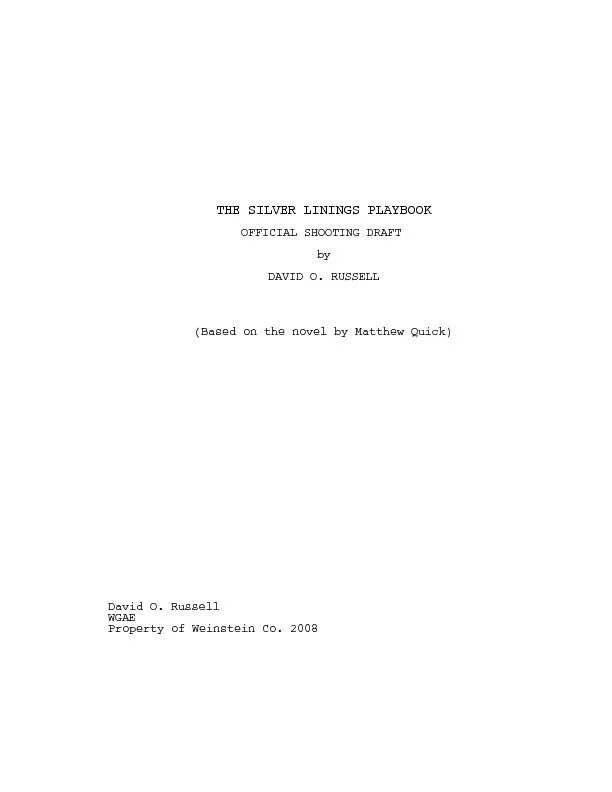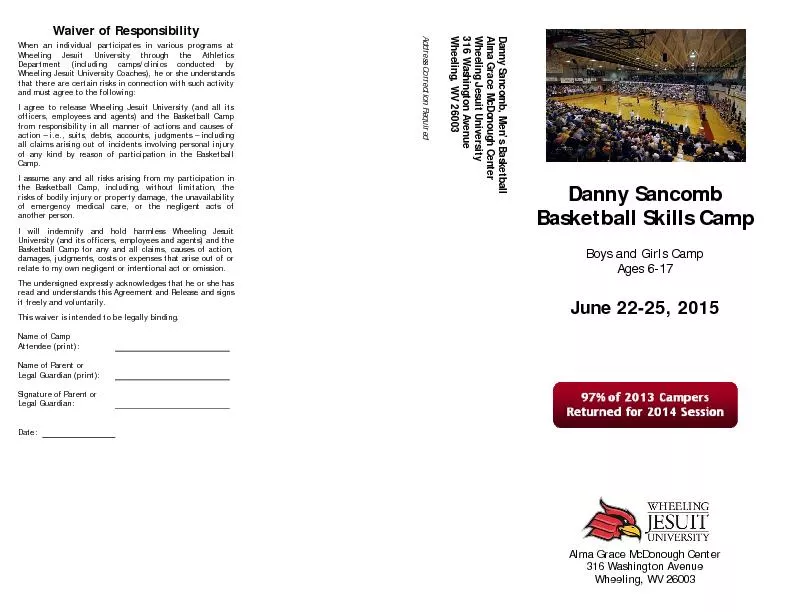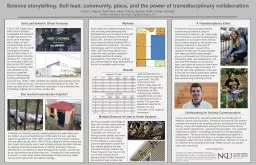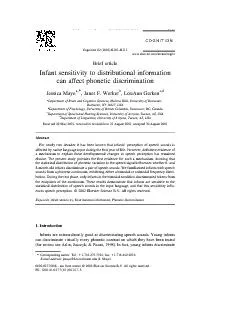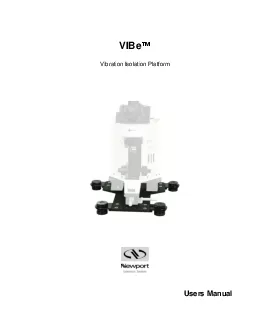PPT-Danny Newport / Stephane
Author : jane-oiler | Published Date : 2019-11-21
Danny Newport Stephane Budo Protecting Your VMware VMs to Azure Using Microsoft Azure Site Recovery INF334B Azure Site Recovery Azure Backup Enterprise Mobility
Presentation Embed Code
Download Presentation
Download Presentation The PPT/PDF document "Danny Newport / Stephane" is the property of its rightful owner. Permission is granted to download and print the materials on this website for personal, non-commercial use only, and to display it on your personal computer provided you do not modify the materials and that you retain all copyright notices contained in the materials. By downloading content from our website, you accept the terms of this agreement.
Danny Newport / Stephane: Transcript
Download Rules Of Document
"Danny Newport / Stephane"The content belongs to its owner. You may download and print it for personal use, without modification, and keep all copyright notices. By downloading, you agree to these terms.
Related Documents




